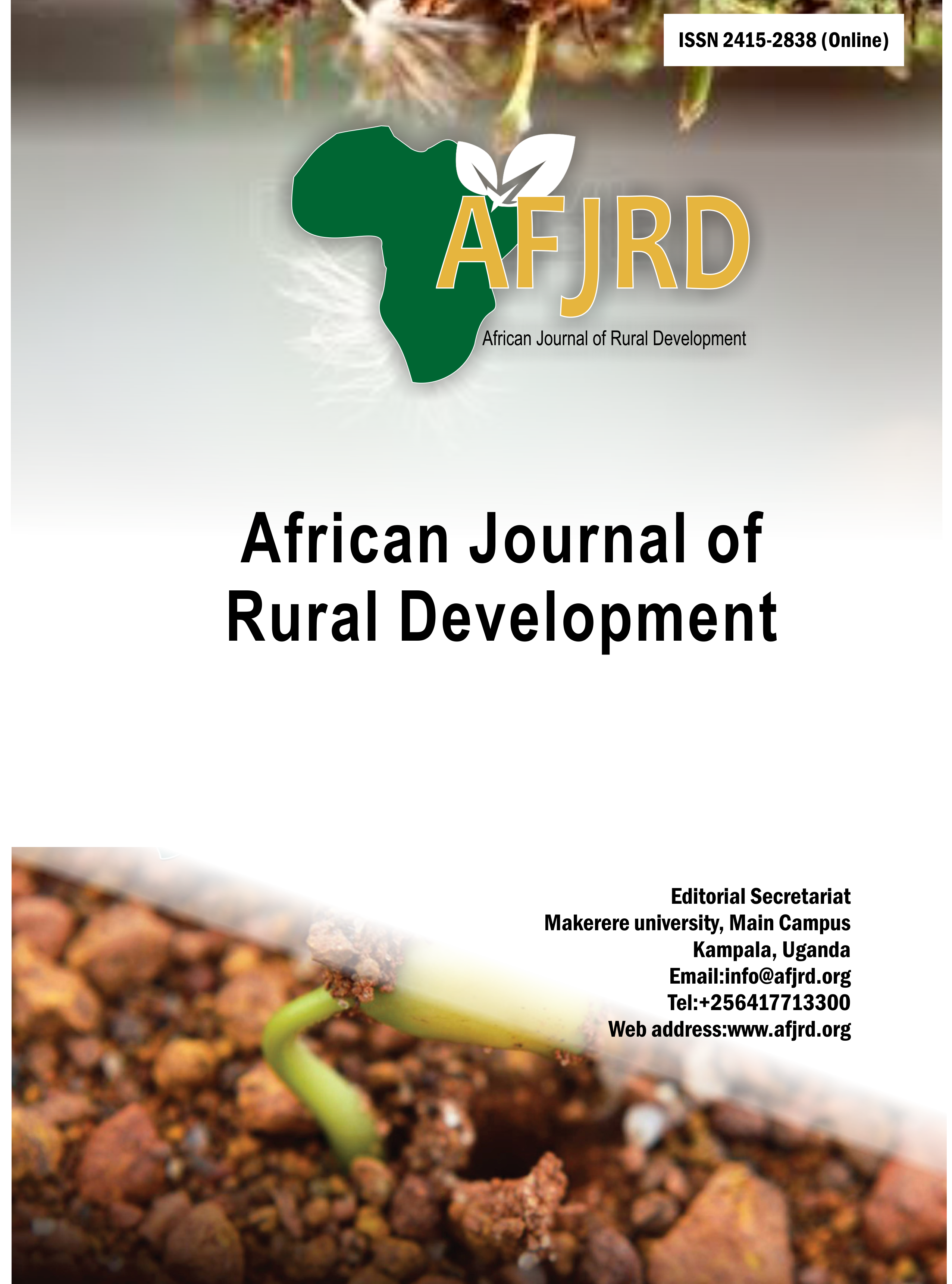Sorghum Production Constraints in Smallholder Farming in Matabeleland North Province of Zimbabwe
Main Article Content
Abstract
Sorghum is a widely produced versatile climate smart staple grain crop in many parts of Africa but its adoption remains as low as 37%. Thus, this study sought to determine constraints in sorghum production in three selected districts in Matabeleland North province of Zimbabwe. An exploratory human based survey was carried out following a cross-sectional study design amongst 150 smallholder sorghum farmers in the three selected districts. Data on constraints in production was collected and analysed descriptively and inferentially using Chi-square test and multinomial logistic regression. Majority of the farmers (65.8%) participating in sorghum production were found to be women and the rest were men. Results showed that there was no significant association between farmers’ knowledge, level of education and age. Unavailability of seed arose as one major constraint influencing yields for sorghum farmers. Other identified constraints were susceptibility to pests (57.9%), labour constraints (40.4%), lack of markets (38.6%) and postharvest losses (31.6%). The common weed, pest and disease that affect sorghum was Striga weed, Fall armyworm (FAW), Loose long smut mentioned by 42.4%, 37.1% and 36.1% of farmers respectively. Quelea birds were also mentioned as a menace. Multinomial regression indicated no association between location and the production constraints in the districts under study. There is huge gap on good agronomic practices and adoption of improved production technologies to improve food and nutrition security through sorghum production.
Key words: Agronomic; production; small grain; socio-economic; sorghum
Article Details

This work is licensed under a Creative Commons Attribution 4.0 International License.
